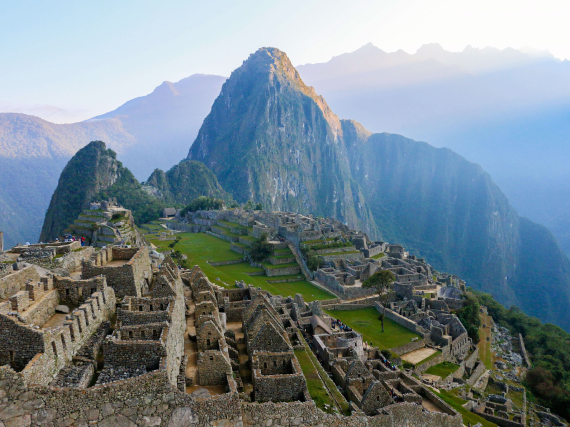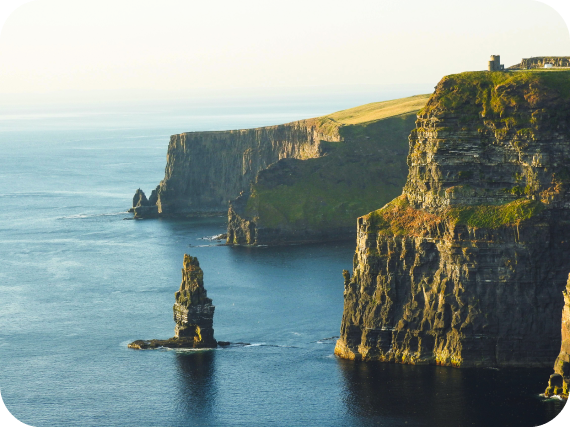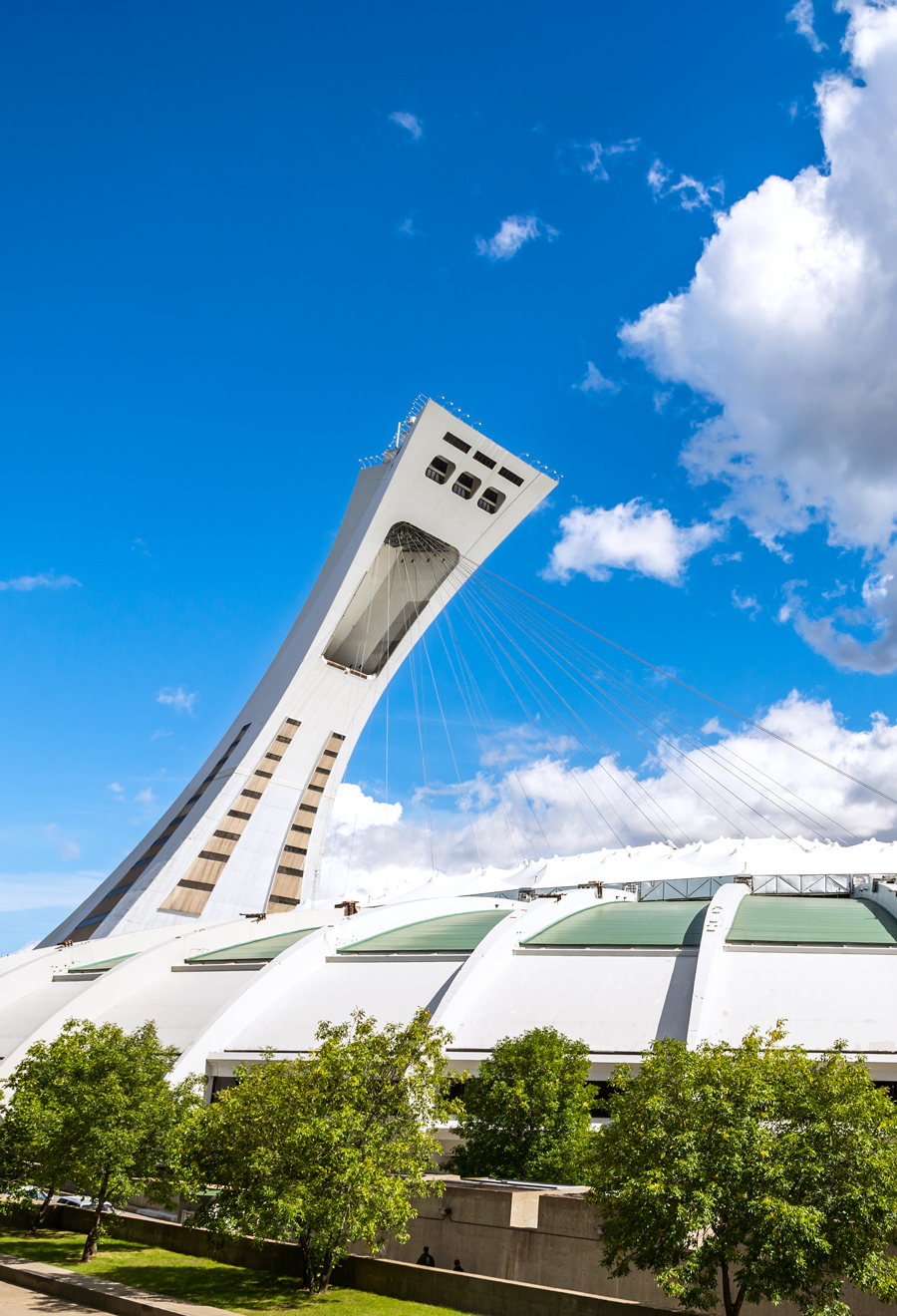Think of tilting towers and without a doubt you’ll picture Pisa’s iconic belltower, built in the 12th century. The soft ground on which the Leaning Tower of Pisa stands was famously ill-suited to its job, and the structure developed a lean almost immediately. Despite extensive remedial work, to this day the tower is far from straight, making it one of Italy’s most recognizable tourist attractions. There’s even a replica in Niles, Illinois, if you can’t make it all the way to Europe. But the Leaning Tower of Pisa is far from the only tilting tower in the world. Here are seven others and their fascinating stories.
Torre Asinelli and Torre Garisenda – Bologna, Italy
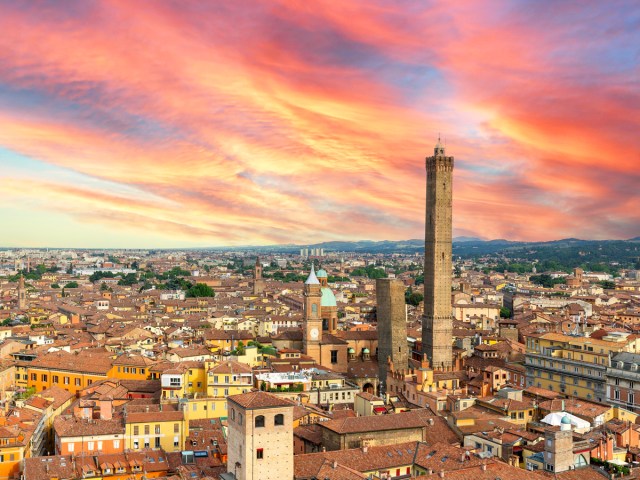
Bologna’s Torre degli Asinelli is the tallest leaning medieval tower in the world, measuring an impressive 319 feet. It took 10 years to build and was completed in 1119. In those days, rich families constructed towers such as these as a symbol of wealth. Torre degli Asinelli stands next to the shorter Torre Garisenda. Its sister tower leans at 4 degrees — a greater angle than that of the Leaning Tower of Pisa — and slightly more than the 1.3-degree tilt of Asinelli.
After Torre Garisenda was impacted by subsidence, the tower was modified in the 14th century amid fears it might collapse. Since 2023, the square surrounding Bologna’s due torri (two towers) has been cordoned off so that structural repairs can take place. When it reopens, visitors will once again be able to climb the 498 steps to Torre degli Asinelli’s viewing platform for a remarkable bird’s-eye view of the city.
Altair – Colombo, Sri Lanka

A striking pair of skyscrapers in the Sri Lankan capital of Colombo, Altair is a mixed-use residential and retail complex that was completed in 2021. One of the towers is vertical, while the other leans into it at a dramatic 13.8-degree angle from floors 5 to 39, creating a series of garden terraces. The distinctive triangular structure ensures the weight is adequately supported while also creating a pleasing aesthetic. This unique landmark is the work of Israeli Canadian American architect Moshe Safdie, who also designed Habitat 67 in Montreal and Singapore’s Marina Bay Sands Hotel.
The Gate of Europe – Madrid, Spain
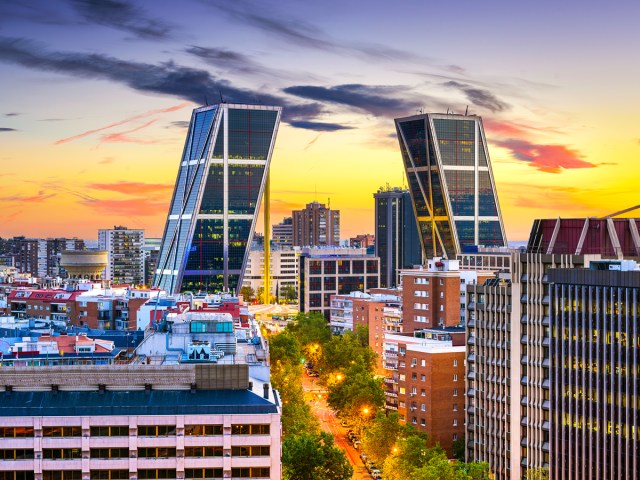
The Gate of Europe, sometimes referred to as the Torres KIO after the office block’s original tenant, comprises two leaning skyscrapers in Madrid. U.S. architects Philip Johnson and John Henry Burgee envisioned a bold and innovative design that was groundbreaking at the time of its completion in 1996.
The twin towers are inclined toward each other at an angle of 15 degrees, and each of the skyscrapers features a subterranean concrete counterweight connected to the top of the building by a cable. This system ensures that the towers stay upright despite their considerable slant. Each stands 374 feet tall and consists of 26 floors, but due to the unusual angle, four of the eight elevators can ascend only as far as the 13th floor.
La Tour Penchée – Oye-Plage, France
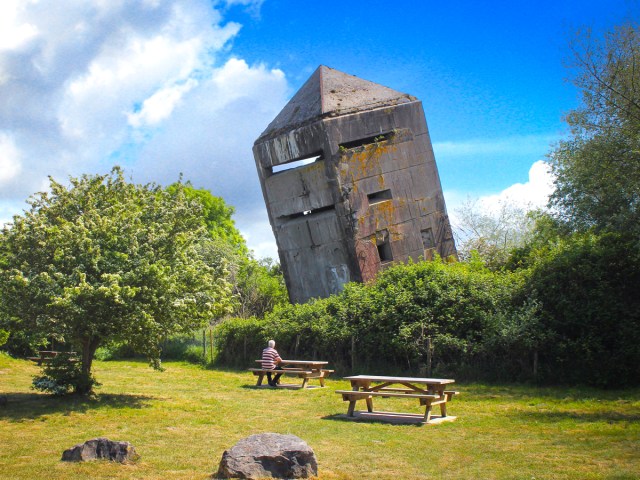
During the Nazi occupation in World War II, blockhouses were constructed in France’s Nord Pas de Calais region as part of a series of coastal defenses dubbed the Atlantic Wall. They took many different forms, but one just north of the town of Oye-Plage was built to resemble a church tower in the hope that Allied airmen would confuse it with nearby places of worship and veer off course.
As the course of the war turned, the Germans placed explosives under the front of the tower and tried to destroy it. However, this was insufficient to demolish it. Ever since, it has stood at a precarious 20-degree angle, giving it the name La Tour Penchée (The Leaning Tower).
El Faro Inclinado – Puerto Morelos, Mexico
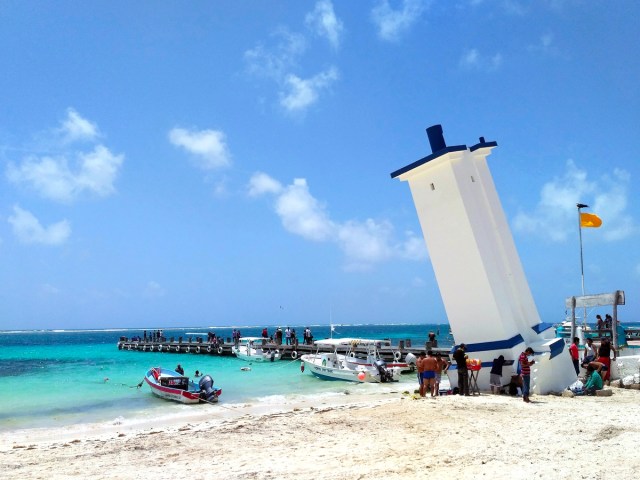
The town of Puerto Morelos lies about halfway between Cancun and Playa del Carmen in Mexico’s Riviera Maya. One of its most unusual landmarks is El Faro Inclinado (The Leaning Lighthouse), which stands on the town’s sandy beach.
Dating from 1946, the rectangular tower was unremarkable until the arrival of Hurricane Beulah 21 years later. When the winds of this Category 5 storm died down, the people of Puerto Morelos emerged to find their lighthouse irreparably damaged. It wasn’t possible to right the structure, but instead of demolishing it, the town left it as a reminder of how powerful nature can be. El Faro Inclinado, as it’s now known, has become Puerto Morelos’ most famous visitor attraction.
Capital Gate – Abu Dhabi, UAE
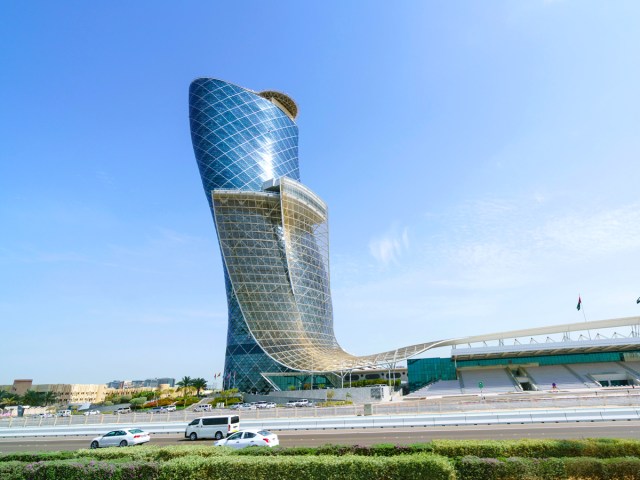
Capital Gate’s unconventional and futuristic design makes it one of the most striking skyscrapers on the Abu Dhabi skyline. Developed by the Abu Dhabi National Exhibitions Company (ADNEC) and completed in 2010, it stands 525 feet tall, with an astonishing lean of 18 degrees.
The 35-story building is able to defy gravity thanks to some ingenious engineering. It stands on a reinforced concrete raft, while 490 concrete piles anchor it to the ground. These piles, coupled with a reinforced core, ensure factors such as wind, seismic activity, and its extreme angle don’t cause it to topple.
Montréal Tower – Montréal, Canada
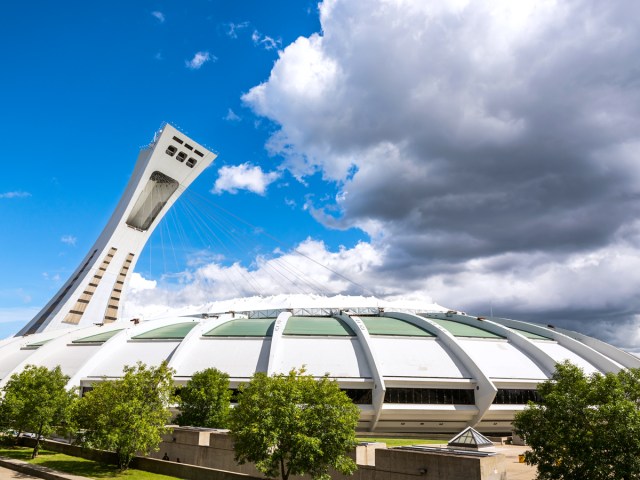
Measuring 541 feet from top to bottom, the Montréal Tower is the world’s tallest inclined tower. The work of renowned French architect Roger Taillibert, the structure forms part of the Parc Olympique, overlooking the Olympic Stadium. However, for various reasons, including budget constraints, the tower wasn’t completed in time for the 1976 Olympic Games, but it eventually opened in 1987.
The tower leans at a staggering 45-degree angle and is attached to the cables that open the stadium’s retractable roof. Another impressive feature is its funicular. It is the only one of its kind in the world that is able to run along a curved structure; a clever system of hydraulics keeps the cabins horizontal. Currently closed for renovations, the Montréal Tower is expected to reopen in fall 2026.
More from our network
Daily Passport is part of Inbox Studio, which publishes content that uplifts, informs, and inspires.

